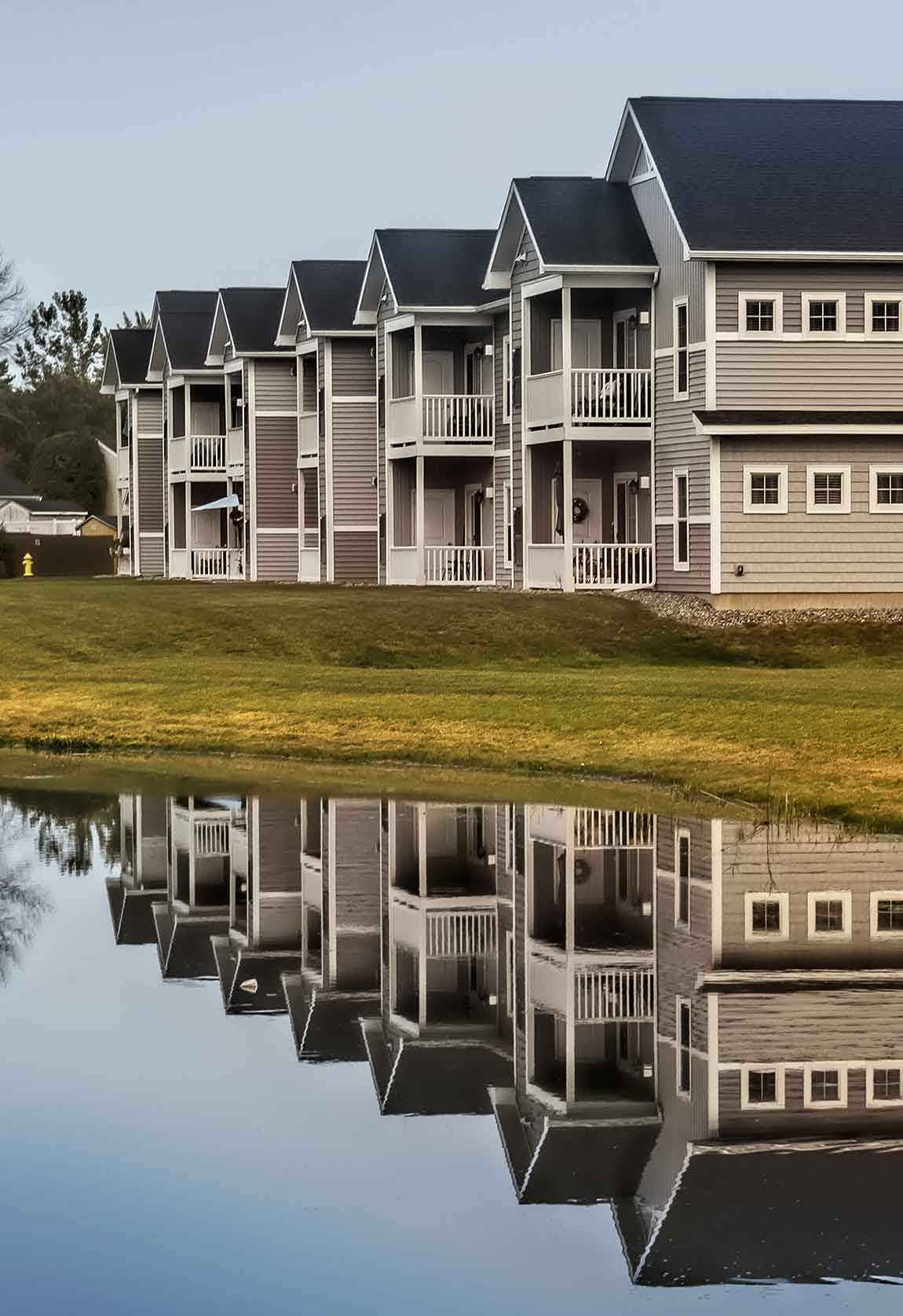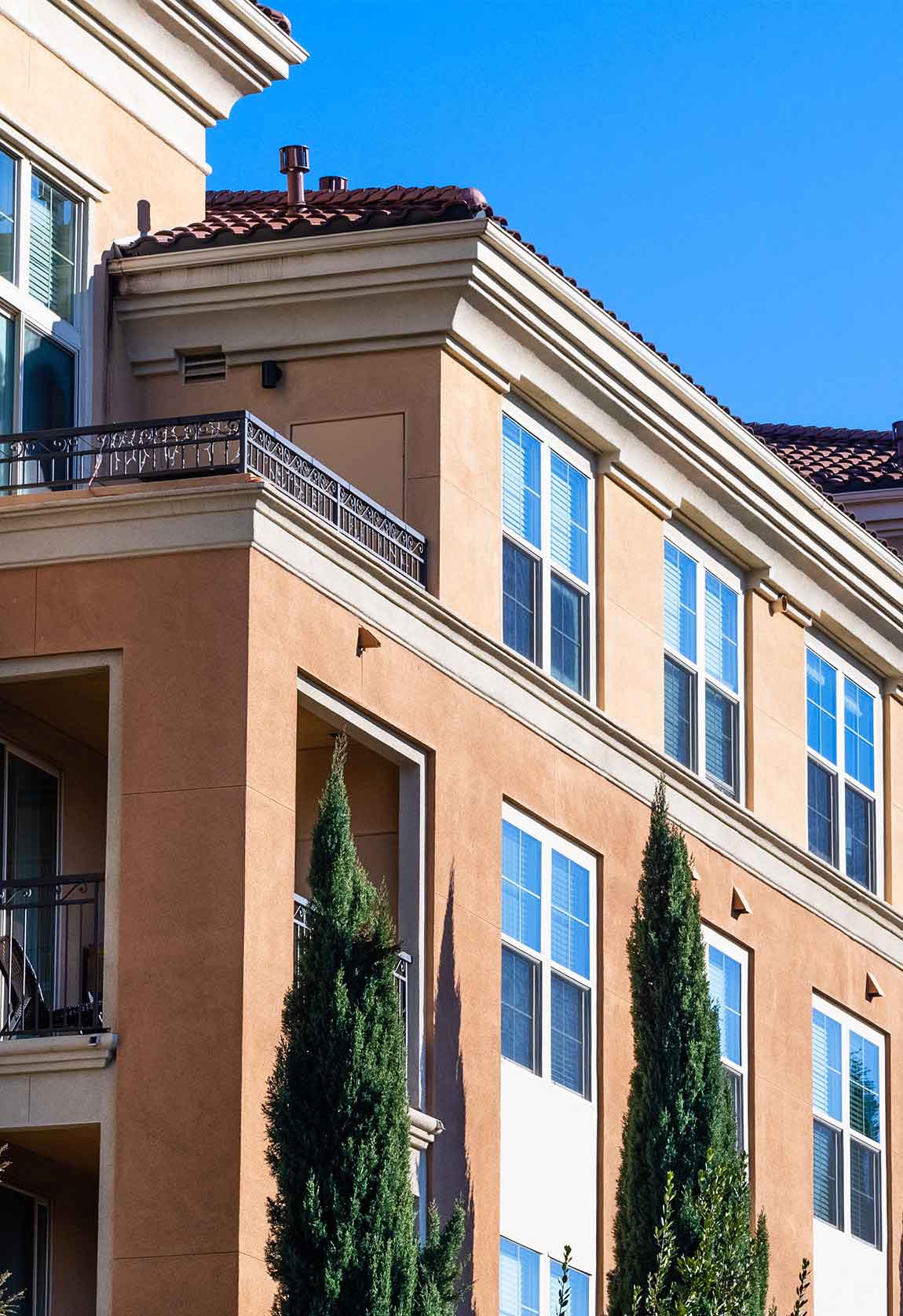- info@pedisonusa.com
- +1 (888) 623-0430
Multifamily

Multifamily properties bridge the gap between residential and commercial real estate, offering versatility for both living and investment purposes. While they can function primarily as residences, their primary purpose is often for investment, whether owner-occupied or not. The multifamily asset class encompasses a range of properties, from duplexes to large apartment complexes with hundreds of units.
Duplexes consist of two rental units, triplexes contain three units, and quadruplexes feature four units. These “plex” suffixed property types are widely available in most markets, catering primarily to novice investors and homeowners aiming to generate income by renting out additional units on their property. In contrast, apartment buildings are categorized as low, mid, or high rise, depending on the number of stories they comprise.
Garden apartments emerged during the 1960s and 1970s, coinciding with the migration of young individuals from urban areas to suburban settings. Typically spanning 3-4 stories with 50-400 units, these apartments are characterized by their lack of elevators and surface parking. Essentially, garden apartments comprise low-rise buildings situated on a single property, often sharing communal yard space or other land amenities.

Conduct & Ethics
-
Pedison USA Corporation
Gateway Tower
8111 LBJ Freeway
Suite 110, Dallas, Texas 75251 - info@pedisonusa.com
- +1 (888) 623-0430
- Mon - Fri : 09:00 AM - 17:00 PM








